Barn Rescue!
Lydia Wood
Nearly everything you see in the shop and online has been through our workshop, even just for a quick clean and polish. Some pieces need more extensive restoration and one memorable project that particularly stands out is a rare 17th century oak Court Cupboard which I unearthed from a barn in North Devon. It had been stored in the barn for many years and when I first saw the piece it was covered in an old sheet with just the feet sticking out from underneath, barely visible amongst the straw on the floor. It took some time to get it out of the barn and only once it was outside could I have a proper look at it. It was in terrible condition but I knew it was something special. It took many hours in the workshop to gently clean it and slowly feed and polish the wood. It needed treating for woodworm and also needed a few repairs but it turned out really well. I think I particular like this piece not only because it was such a lovely item but because of the transformation. Seeing the end result was fantastic and it didn’t take long for it to find a new home.
If you’re not familiar with a Court Cupboard, they are rare and early pieces of English furniture, the earliest examples date from the Tudor times. They get their name due to their small or ‘short’ size and in Norman the word ‘court’ means short. They were used for storing plates, drinking vessels and other household items, sort of like an early form of sideboard. They were most commonly made of solid English oak and had a primitive construction typical of the period using wooden pegs, clout nails and blacksmith made straps. They were only seen in very wealthy households, as these magnificent pieces would have been very expensive to build. As such the craftsman would often carve the owner’s initials in the piece and a date when it was constructed. The example I had was dated 1670 - it’s incredible to think it has survived all that time and even more satisfying to know that our restoration will ensure it goes on and hopefully survives another 300 years!


I recently bought a large collection of old fishing reels dating from the early to mid 1900s. It was a varied collection including everything from wooden sea fishing reels to spinning reels and fly and salmon reels. The collection itself came in a lovely old fishing basket, called a ‘Creel’. These were traditionally made of wicker, willow, or split reed and were used by anglers to hold caught fish. The design allowed air to circulate which kept the fish cool and creels themselves can be quite collectable now. Fishing is actually a favourite past time of mine and there is no better way to spend a few hours than sat on a sunny river or lake bank with a rod. There’s a good collector’s market for antique and vintage fishing tackle and it is one of the few collector’s items that you could actually still use - from the old split cane rods to collections of hand-tied salmon flies and beautiful lures. I know that some people even favour the older equipment over today’s modern equivalents. Not only can it be usable but the old reels in particular make very decorative display objects and are collected for their rarity too. One name I always look out for is “Hardy”. Hardy Bros are one of the most well known and most respected manufacturers when it comes to fishing reels and fishing tackle. They were founded in 1872 in Alnwick by brothers William Hardy and John James Hardy. They were originally gunsmiths but began producing fishing tackle using the same meticulous workmanship and quickly became leaders in the field. They introduced many new features that soon became industry standards. So confident in their designs they released what they called the “Perfect” Reel in 1891. It featured a smooth ball-bearing race for the spool, providing unmatched smoothness and its basic design remains in production today!
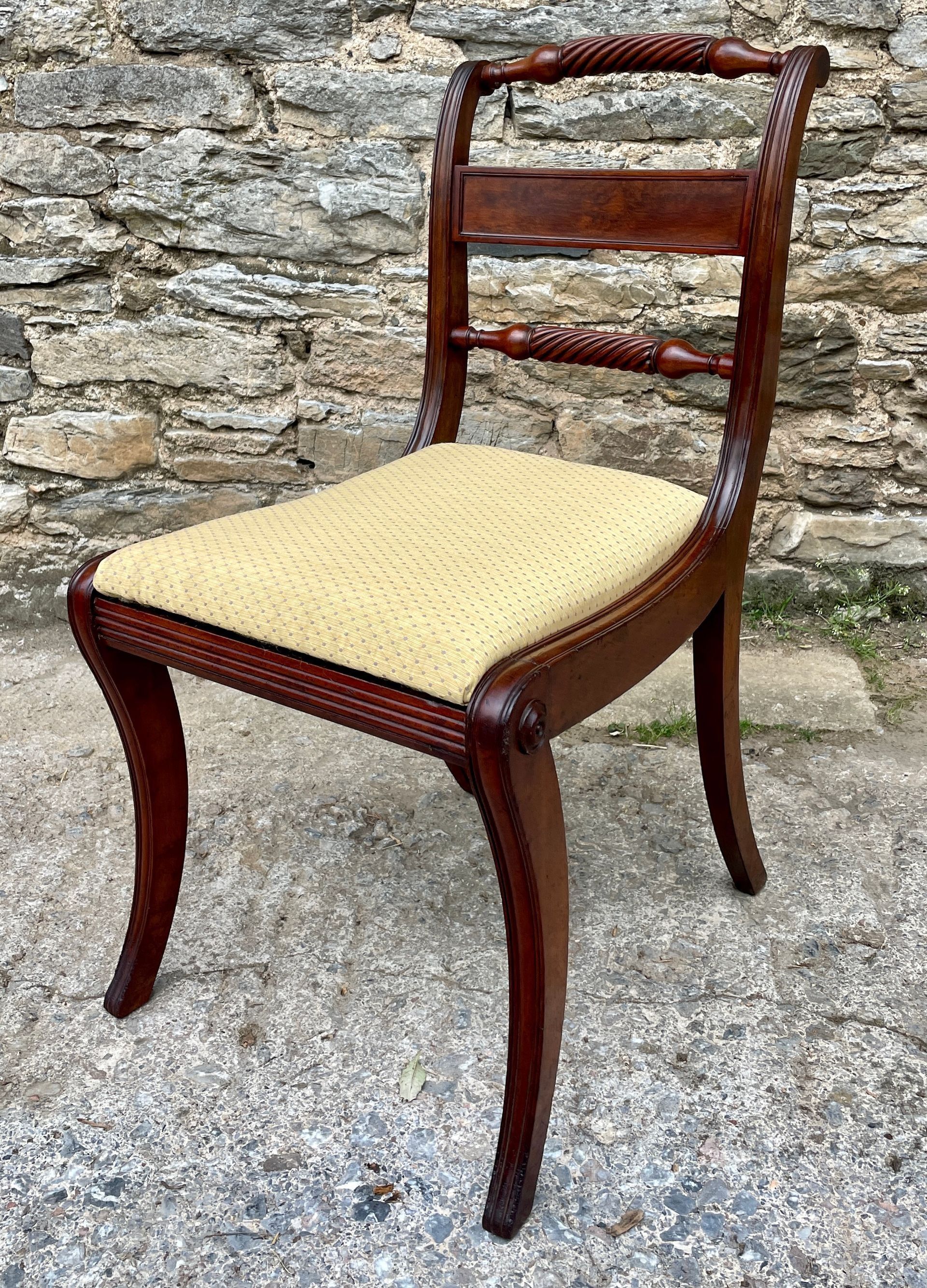
The 21st of October is known to some as Trafalgar Day because it marks the anniversary of the Battle of Trafalgar which took place in 1805. This year will be 220 years since this historic battle which saw The Royal Navy, under the command of Admiral Lord Nelson, defeat the combined fleets of France and Spain. Tragically, Nelson was shot and killed during the battle, but on his death he became a national hero and a symbol of British naval strength and sacrifice. The scale of mourning was unprecedented with songs, poems, memorials and artworks created to celebrate him. Nelson’s influence was so profound that it even gave rise to the ‘Trafalgar Chair’! Trafalgar chairs are a specific style of chair that emerged in early 19th-century Britain, named in honour of Lord Nelson and the Battle of Trafalgar. They typically have an open curved backrest with a central horizontal bar and sabre splayed legs that curve outwards. Despite the name, Trafalgar chairs are not military chairs, nor were they used in the battle itself. Rather, they became popular in British homes as a show of patriotism following the victory. I’ve had various examples of Trafalgar chairs over the years and I love the way that they epitomise the elegance of Regency furniture but also reflect the national pride of the early 1800s. It’s also a good example of how furniture design has been influenced by historical events over the centuries. The design of the splayed legs, whilst elegant and attractive, were sometimes weak and vulnerable to damage so there is good demand for period examples of Trafalgar chairs that have survived in good condition .
If you want to know how to tell whether a chair is good quality and has been well made, there’s a very easy way to find out - simply sit in it! I always say a good chair will be comfortable. You know something has been properly made when you sit in it and you don’t want to get out of it! Everything from the shape and the design to the upholstery has been carefully thought out and skilfully constructed. You’ll feel supported and the shape will feel natural with no sharp edges or awkward protruding angles. This theory was put to the test and proved true again this week when I bought this leather lounge chair with matching footstool. It is a very recognisable design first introduced by Charles and Ray Eames in 1956 in America. The chair was inspired by the traditional English club chair and Charles wanted the chair to have "the warm, receptive look of a well-used first baseman’s mitt”. From those original designs the chair has gone on to be produced to this very day and has been seen in magazines, studios and film sets across the world. This particular chair was made later than the original but has been made in the same style and to the same high quality standards. It’s not strictly an antique but, like I’ve said before, there are some pieces which are such iconic designs that I can’t resist buying them. The great thing with these timeless pieces is that they can be mixed so effortlessly with any interior, modern or classic, and they never seem to look out of place.
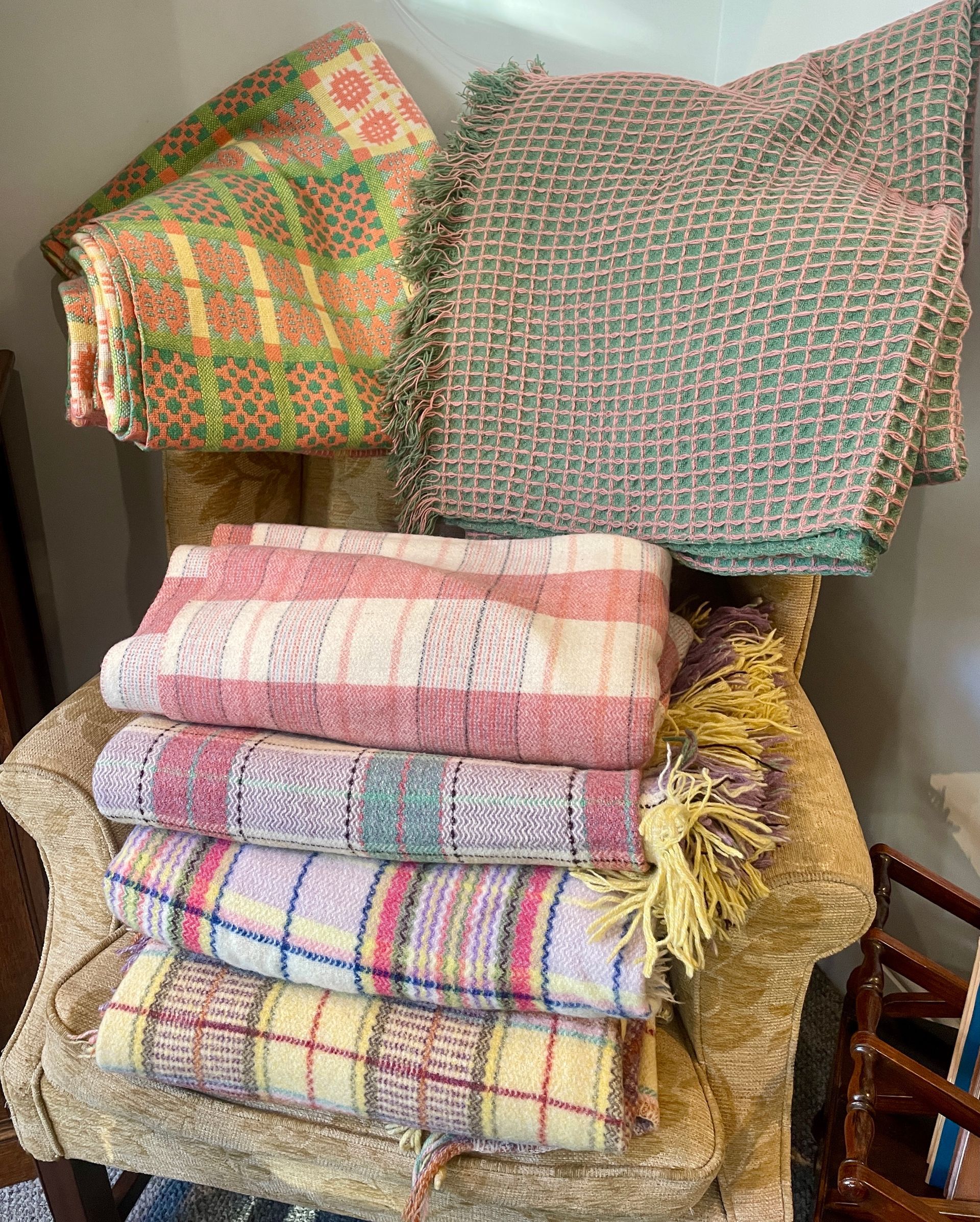
No two days are ever the same in this business. The pressure to keep the shop full of new and interesting items means I’m always hunting down fresh stock - following up leads, visiting trusted contacts and making new ones. This takes me far and wide and this week I’ve been travelling through Wales where I was able to buy a fabulous collection of Welsh Blankets. Sheep farming and the wool industry has shaped Wales’s economy for centuries and the production of blankets can be traced back to the 12th Century! Originally made at home on a small loom, the industry grew in the 18th and 19th centuries when commercial mills were established. A particular feature of Welsh blankets is the woven double cloth technique which produces a pattern on both sides, making the blankets reversible. Each region and indeed each mill had their own distinctive patterns, some of which were carefully passed down through generations. For example, the Caernarfon pattern is one of the most iconic and traditional with its geometric design featuring a series of interlocking portcullises, usually created with two to four colours. Plaid Blankets were a popular design and colours became more bold over time with the introduction of synthetic dyes. Traditionally, a pair of Welsh blankets were given as a wedding gift and they were believed to capture the feeling of ‘Hiraeth’, a Welsh word for homesickness and longing for home. Queen Victoria was even gifted a Welsh blanket on her wedding day in 1840! At its peak there were more than 300 mills in Wales producing Welsh blankets but the industry almost disappeared in the 20th century and now just a handful of mills remain. However they are continuing this important tradition and the Welsh blanket maintains its cultural significance as well as being a very collectable, usable and decorative item.

The antiques world is full of jargon - from cabriole legs to ogee feet and dentil cornices to boule work - it can be difficult to get your head around some of the vocabulary! I’ve gotten used to the lingo over the years and some of words can actually be found when talking about architecture or buildings and tend to describe different styles of moulding or decorative shapes. However I realised recently, whilst talking to a customer about a bachelor’s chest and seeing their look of confusion, that perhaps not everyone is as familiar with the terminology as I am so I thought it might be useful to cover a few common terms. To begin with, a bachelor’s chest refers to a small sized chest of drawers, usually dating from the Georgian period. What particularly makes it a bachelors chest and not just an ordinary chest of drawers is the brushing slide - which is another great piece of terminology in itself! A brushing slide is the flat shelf that pulls out from the top of the chest and was simply used for brushing your clothes. An odd notion now perhaps, but if you were a bachelor in the 1800s and did not have a wife to brush your clothes for you, you would have to do it yourself. This shelf meant that your clothes could be laid out and brushed to remove dirt, hair and debris before getting dressed - all very useful for a Georgian gent long before the days of hoovers! This bachelor’s chest also has cock beading - another favourite phrase! Cock beading refers to the narrow strip of wood, usually rounded or slightly moulded, which is applied around the edge of a drawer front. It has two main purposes - both aesthetic and functional. The cock beading adds depth and elegance to the drawer front enhancing its appearance but it also helps to protect the veneer on the edge of the drawer from chipping. It was time consuming to produce and required a lot of skill from the cabinet maker so it is a good sign of quality. Cock beading can be useful when trying to date a piece of furniture because it was particularly used on pieces dating between the mid 18th and mid 19th Century. This chest also has escutcheons which refer to the metal plates fitted around keyholes. Some are set discreetly into the keyhole to protect the edges from chipping and some sit around it to act as decorative features as well. They are most commonly made from brass and usually match the style of the handles. Of course it’s not necessary to speak the lingo to enjoy buying antiques. It’s interesting to learn some different terms and maybe you’ll be able to name a few features on pieces you already own but don’t be intimidated if you don’t know your parquetry from your stringing! I’m always happy to share my knowledge and answer any questions and even now I’m still learning new things!
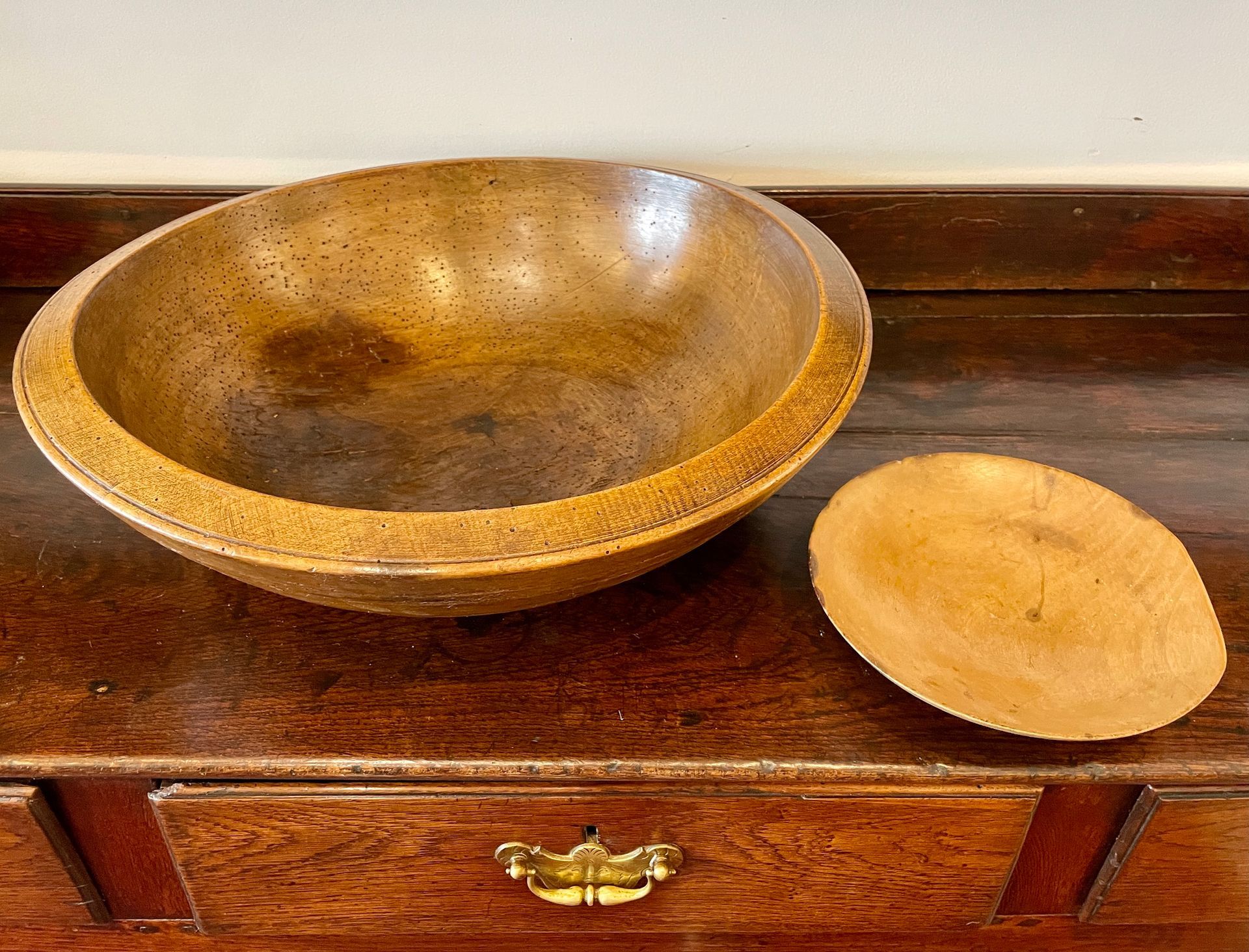
Treen is one of those words that’s quite specific to the antiques trade and it’s simply the name we give to small items made entirely of wood. Before metal and ceramics became widely used, most household items were made from wood. Highly skilled woodturners and carvers could create almost anything with only manually powered lathes and hand tools. These two items, a dairy bowl and a cream skimmer, would have been used daily on a farm in the production of cream and butter. Fresh milk would have been poured into the bowl and left to sit so the cream would naturally rise to the top. Once the cream rose to the surface, it was skimmed off, using the skimmer, to make butter or clotted cream. Both of these items are turned from Sycamore wood that would have been carefully chosen for its non-tainting and close-grained properties, which made it ideal for food preparation. Sycamore would not flavour or taint the milk and the tight grain made it easy to clean and more resistant to bacteria compared to other more porous woods. There would be nothing to stop the bowl and skimmer being used for their original purpose today but more often than not items like this are used as beautiful decorative pieces - perhaps a fruit bowl or somewhere to put your keys or loose change. There is a good collectors market for pieces of antique treen and it’s easy to see why.
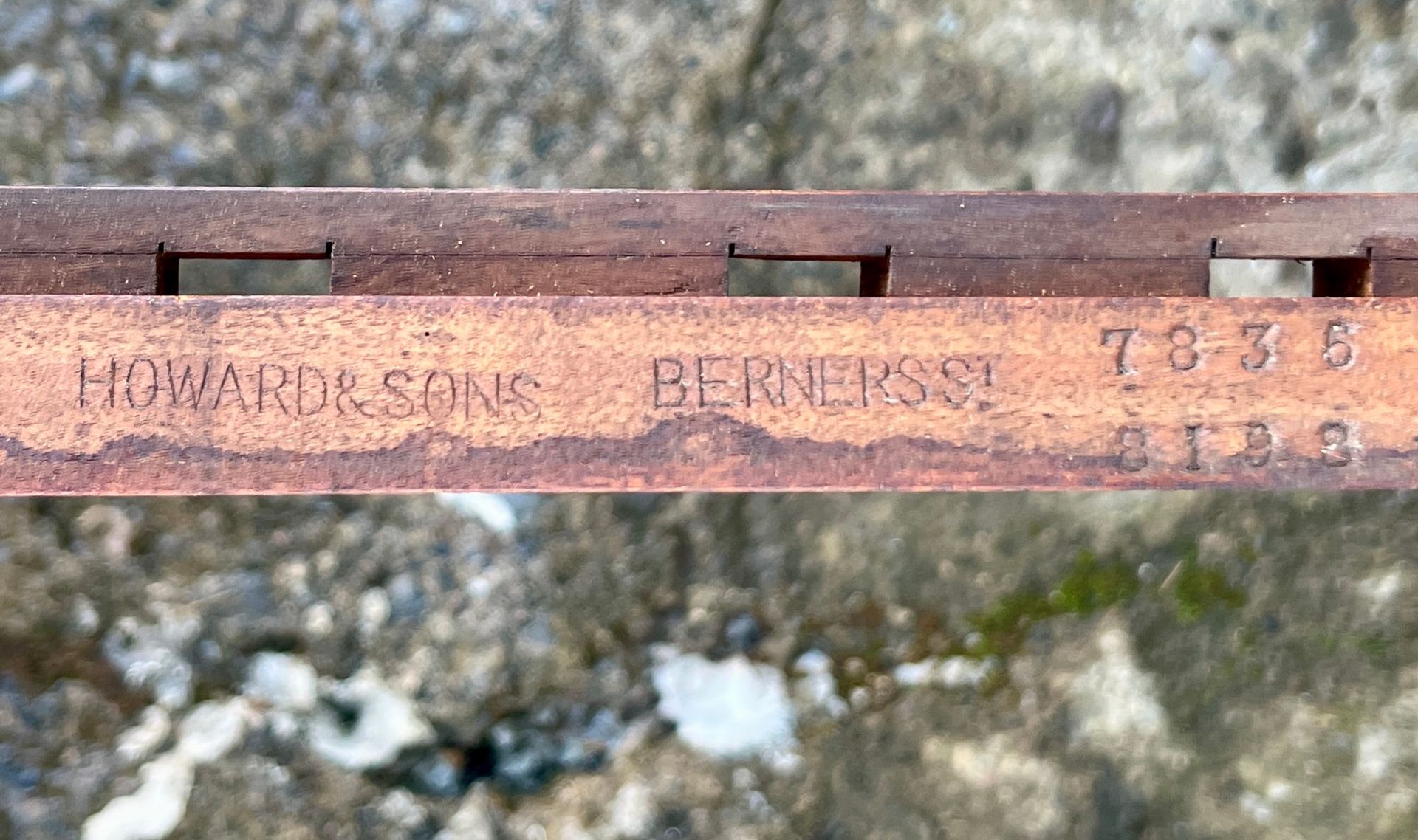
The quality of antique furniture speaks for itself in the simple fact that it is still here all these years after it was made. Great care, time and skill went into making antique furniture and, whilst the quality is always good, there are some pieces that really are in a league of their own. There are a couple of particular names that we look out for which always guarantee the finest quality, one being “Howard & Sons”. Howard & Sons were founded in London in 1820 and quickly grew to be one of the most prestigious and respected makers of luxury furniture in the Victorian and Edwardian periods. They supplied furniture to aristocracy, stately homes and prestigious institutions, furnishing many major country houses and clubs in England. They could even include Royalty on their client list! They were particularly well known for their armchairs and sofas but this Oak extending dining table is also a Howard & Sons piece. There are telltale signs that suggest it might have been made by someone special - from the quality and cut of the wood to the weight and the construction. Howard & Sons would usually sign most of their pieces and this table also has the maker’s stamp and serial number.
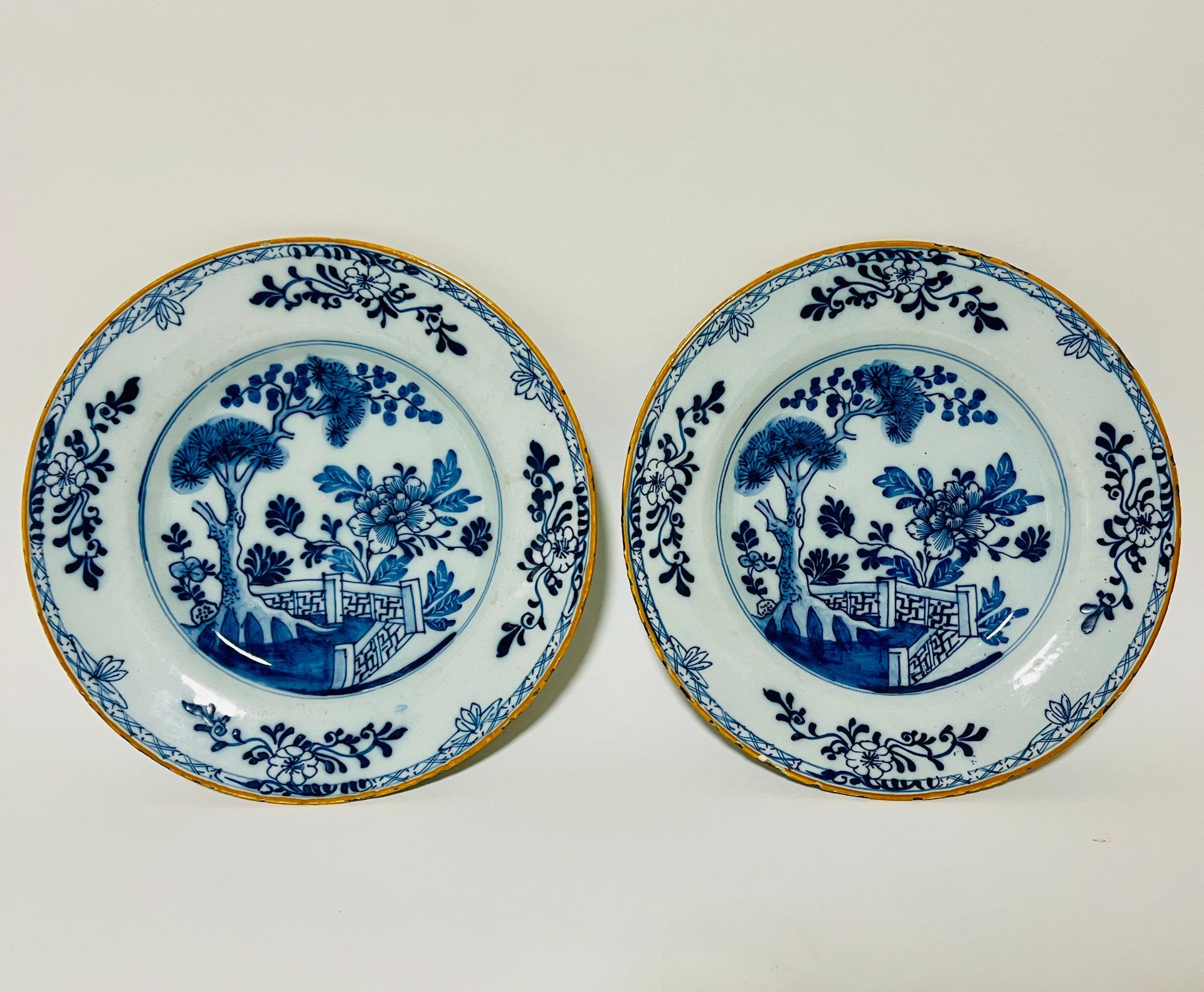
This pair of Delft plates date from the late 18th Century and were made in the Netherlands. Delftware production began in the early 17th century as Dutch potters sought to replicate the fine Chinese porcelain that was being imported by the Dutch East India Company. Delft plates are made from earthenware coated with a distinctive white tin glaze, which gives them a smooth, porcelain-like appearance and are traditionally painted in blues. Delft pieces often have some form of signature or mark but it’s not always a straightforward ‘Delft’ stamp. These plates have the 'hatchet' makers mark for De Porceleyne Bijl (The Porcelain Axe). There is a good collectors market for early pieces of Delft, especially pieces in good condition and those with rare or unusual patterns can command a good price.
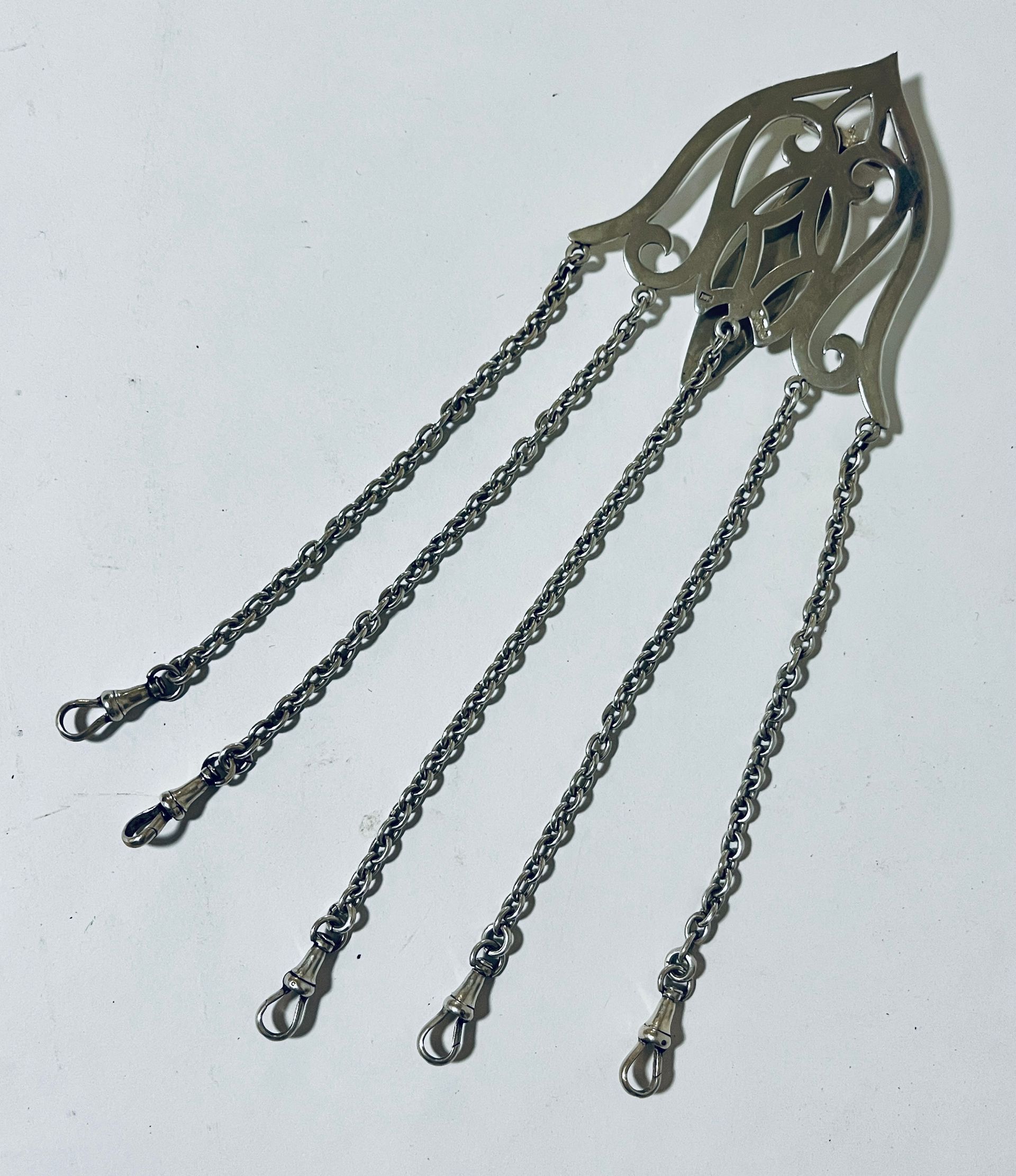
tyles and fashions are always changing through the years and antiques are a tangible reminder of what life was like in different eras. I recently bought this lovely silver chatelaine - an object that is rarely used or seen nowadays but was once an essential everyday item. The word “Chatelaine” is derived from the French for “Keeper of the Castle” or “Mistress of the Chateau” and essentially referred to the lady in charge. Over time, it came to describe the decorative clasp or hook that such a lady would have worn at the waist, from which various household tools or accessories were suspended on chains - think Mrs Hughes in Downton Abbey! Chatelaines were popular during the 18th and 19th centuries, during which most women’s clothing did not have pockets and women did not traditionally carry handbags like we do today. A chatelaine was essentially a sort of key chain, somewhere to keep the keys to the larder or tea chest but also somewhere to keep other daily essentials such as small embroidery scissors, a watch, snuff box or perfume vial. This very practical accessory would hold all of these and other essential items, which a head of house, a nanny or nurse might need at a moment’s notice. As with most items, Chatelaines eventually became a symbol of a person’s wealth. A wealthy person might wear a very decorative and ornate Chatelaine made from precious metals such as silver and adorned with precious stones. As handbags became the fashion, the Chatelaine shrank in appearance and functionality, but was still a popular ornamental piece. Men began wearing them from their waistcoat to carry their watch and women began wearing them more as a decorative accessory around their neck and even around their wrist - perhaps this was the origin of the modern day charm bracelet?

I have always championed antiques as being a very sustainable way to shop and buying antique, vintage or second-hand is truly the ultimate way to recycle. However these paperweights really take recycling to the next level and are a true champion of a ‘waste not, want not’ attitude. They are called Stourbridge Dumps after the famous glassmaking region of Stourbridge where they were made in the 19th Century. Unlike the more refined and decorative French paperweights of the time made by Baccarat or Clichy, Stourbridge dump paperweights are a unique type of glass paperweight created using leftover molten glass at the end of the day. Literally ‘dumps’ of leftover glass were roughly shaped into paperweight form rather than be wasted. They are more rustic and substantial in appearance with some natural flaws but there is beauty in this and often flower designs can be found inside.
